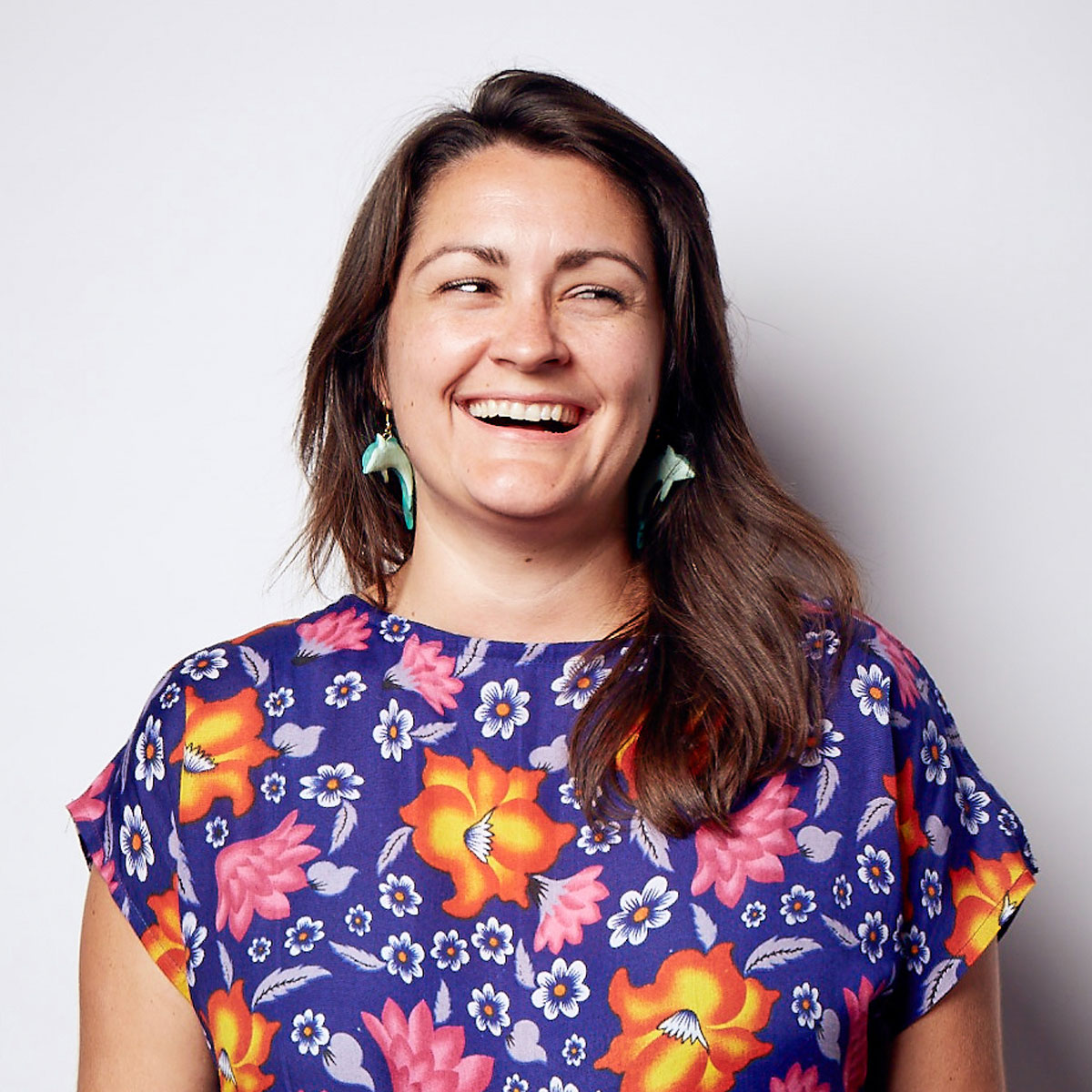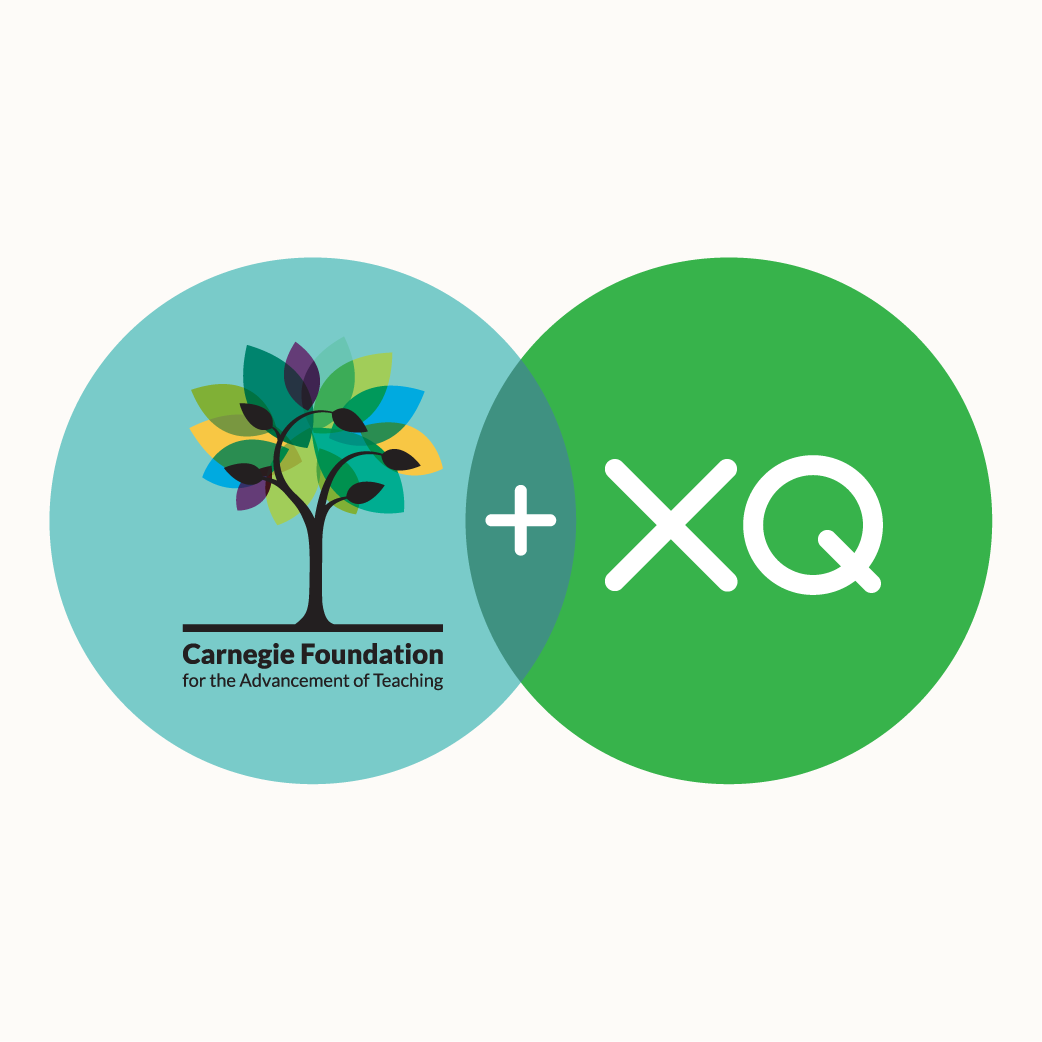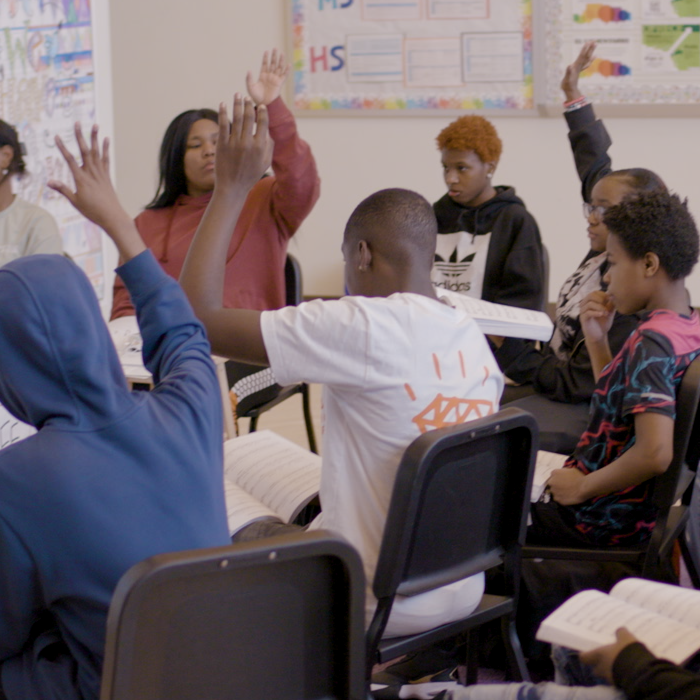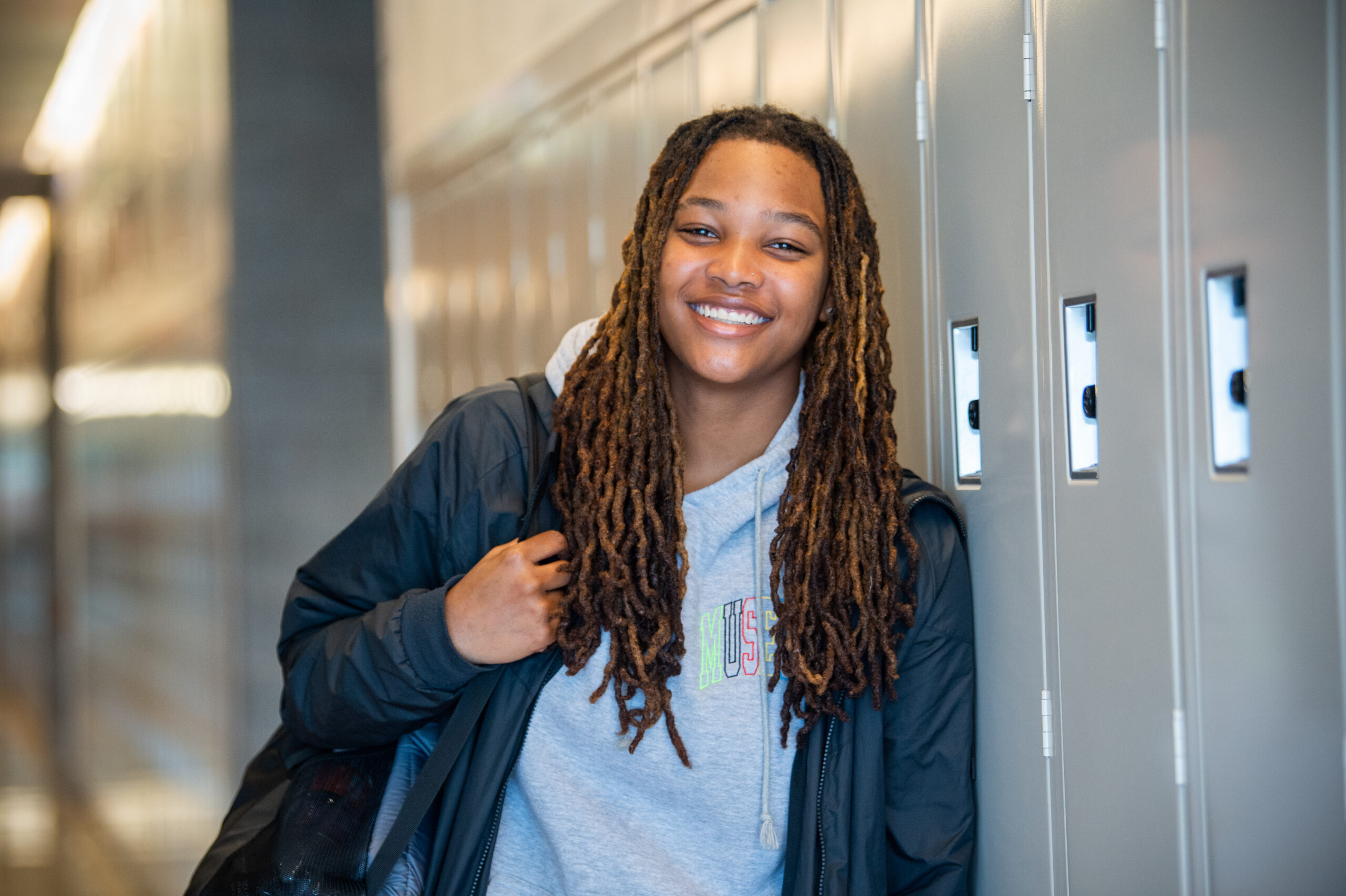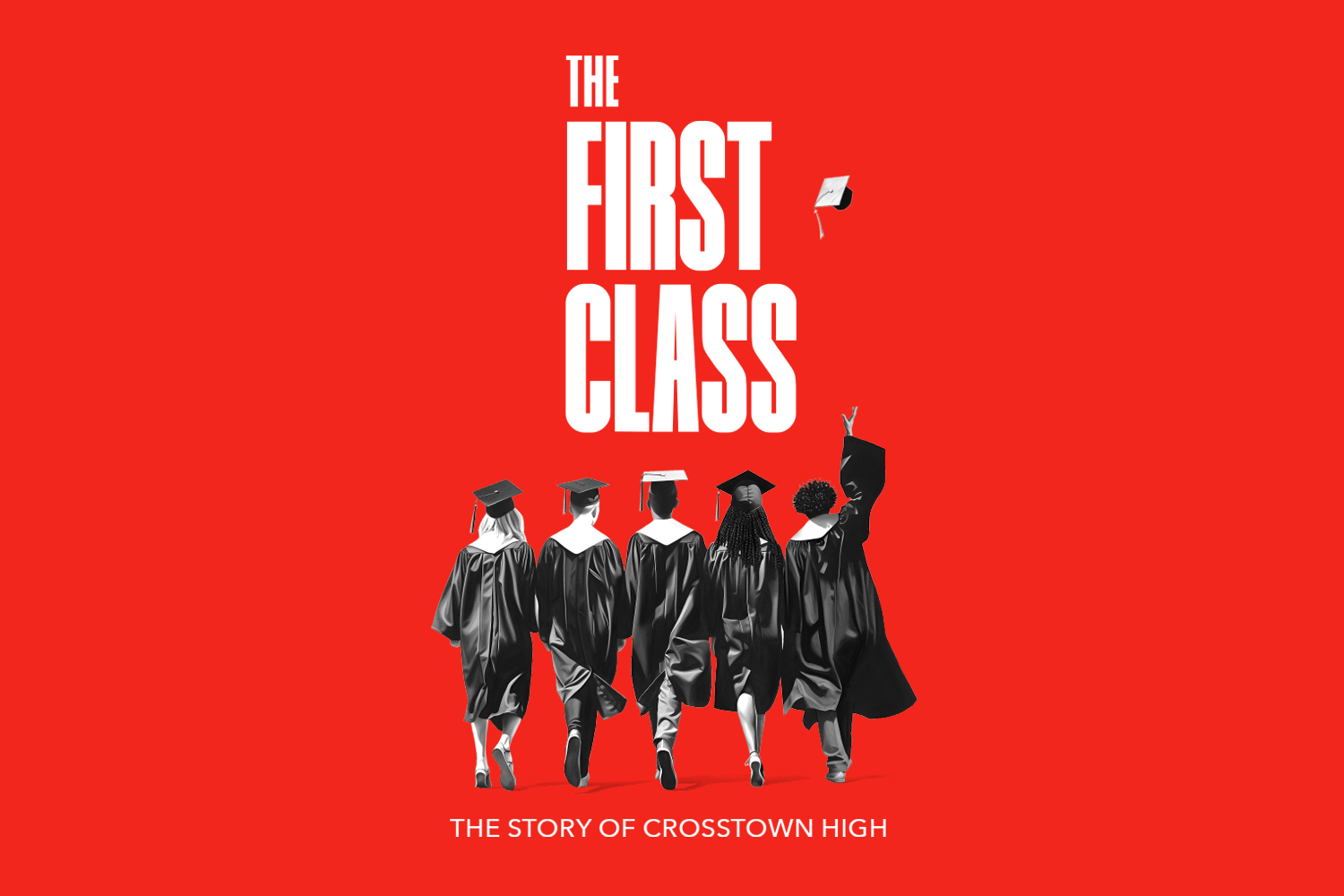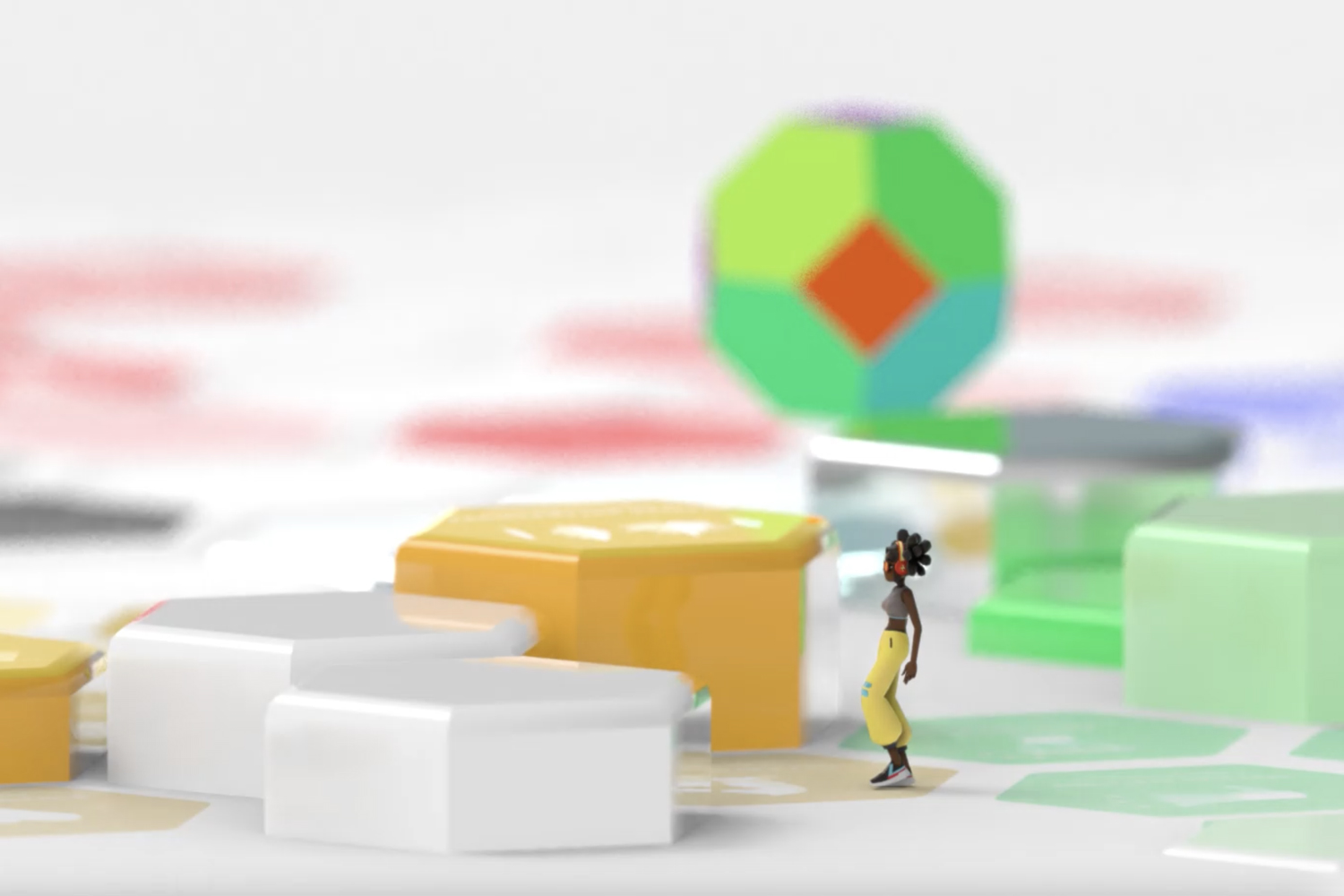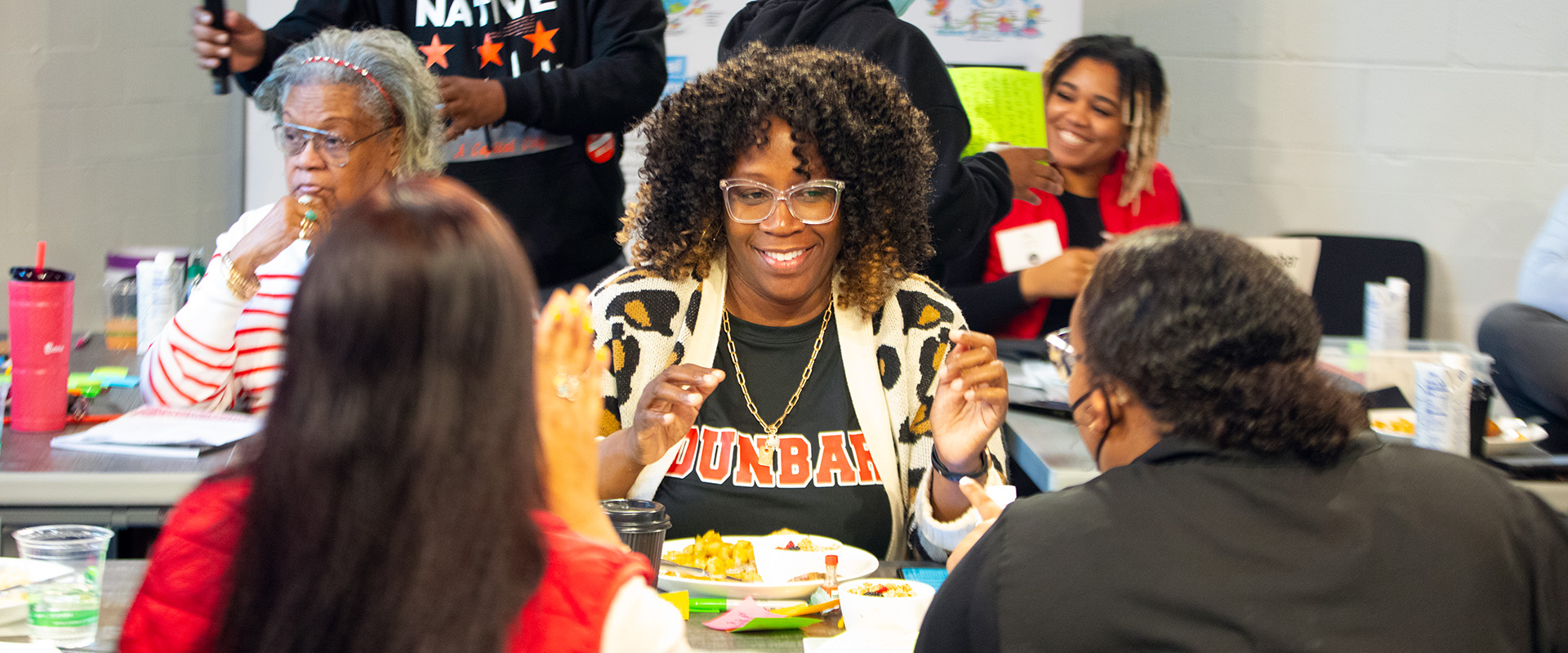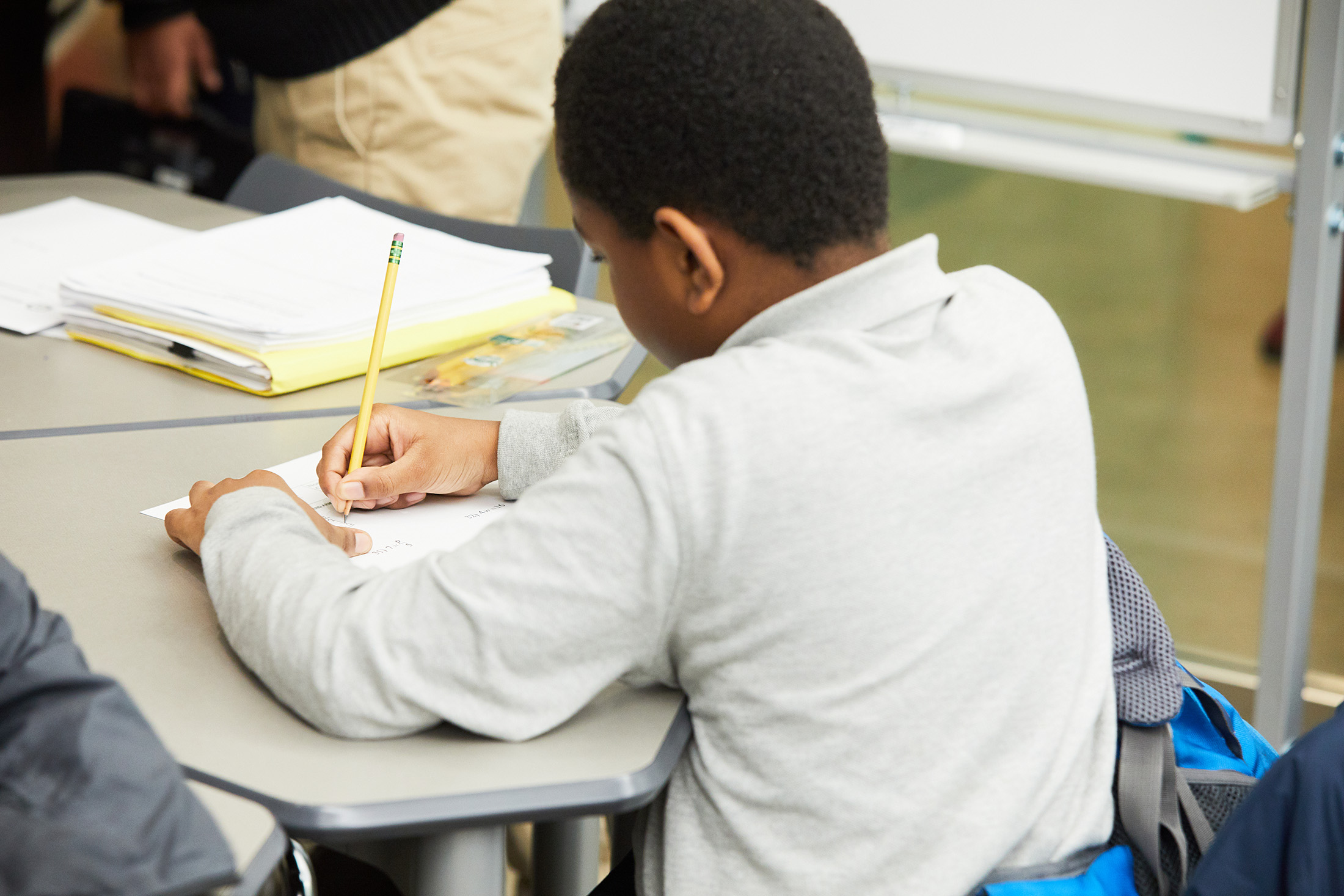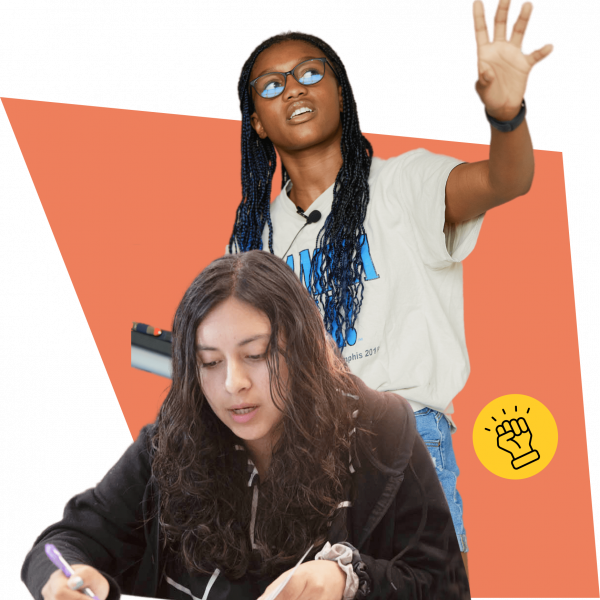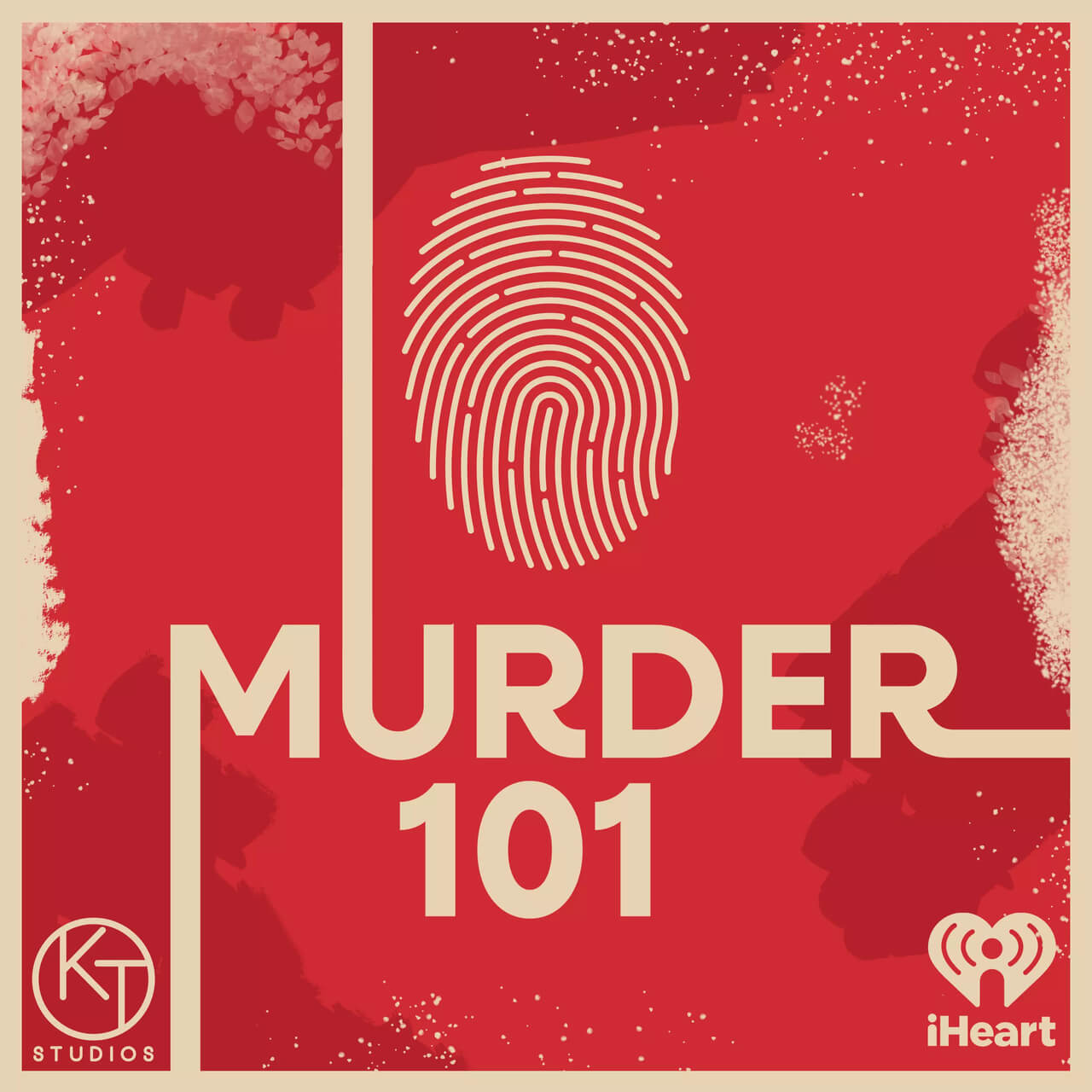New Harmony High
New Orleans, Louisiana
Students as stewards of the future.
At New Harmony High, students are not passive bystanders to the environmental challenges facing the Gulf Coast and the world—they are active researchers, advocates, and problem solvers.
By investing in community-building, New Harmony provides its students with hands-on learning experiences that extend far beyond the classroom. New Harmony’s staff engage students to address local challenges by designing and co-conducting research alongside educators and experts, and students are immersed in local history, heritage, culture, and landscapes. At New Harmony, the commitment to personal growth and agency is reflected in its education advisors, who develop deep relationships with students, and understand their strengths, interests, and areas of growth. With work-based learning experiences, New Harmony prepares its students for postsecondary education and equips them with skills to meet future challenges. The school also offers Industry Based Certification (IBC) programs and internships to students, preparing them for their professional futures.
Design Principles in Action
Learn how New Harmony High applies these XQ Design Principles to sustain student success
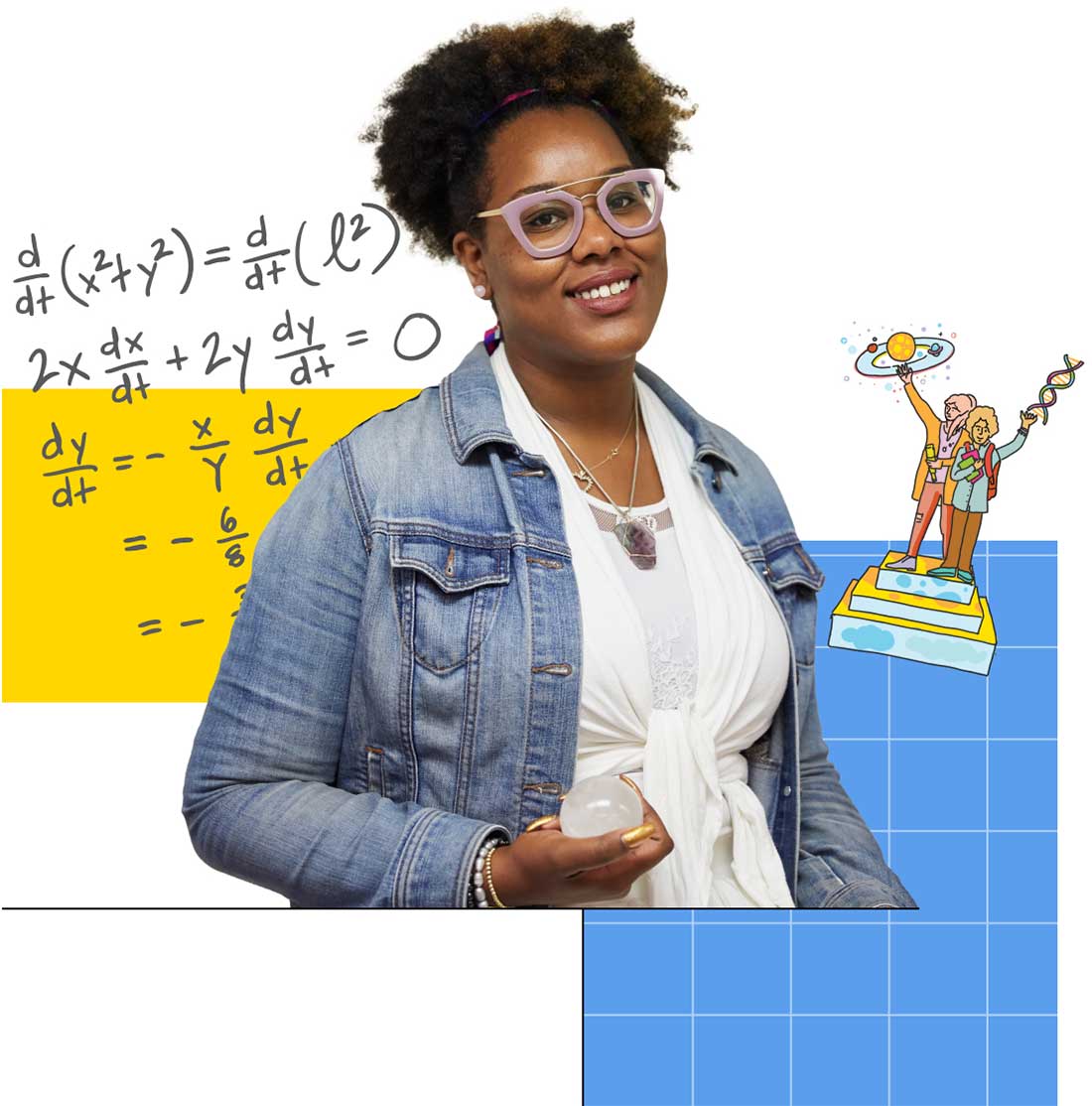
Strong mission and culture
New Harmony is built around a strong focus on environmental studies. The school centers on individual student awareness through the unique identity of New Orleans’ natural environment, students’ places within that environment, and the role students play as stewards of the future of the Gulf South. By empowering students to discover their unique gifts and talents, the staff enact New Harmony’s firmly-held belief that diverse learners perform better in general education settings and that an inclusive approach benefits all students. To achieve this, the school employs a range of instructional strategies, curriculum adaptations, and behavioral interventions that are tailored to the individual needs of each student. New Harmony High School fosters a culture of inclusivity and success that benefits all learners.
Meaningful, engaged learning
Students at New Harmony are introduced to issues of coastal restoration and climate preservation through immersive experiences that extend beyond the classroom. This focus on practical, real-world learning not only prepares students for postsecondary education and professional futures but also encourages personal growth and agency, making them active problem solvers in their communities in a world where climate change and environmental issues are central to growth and longevity.
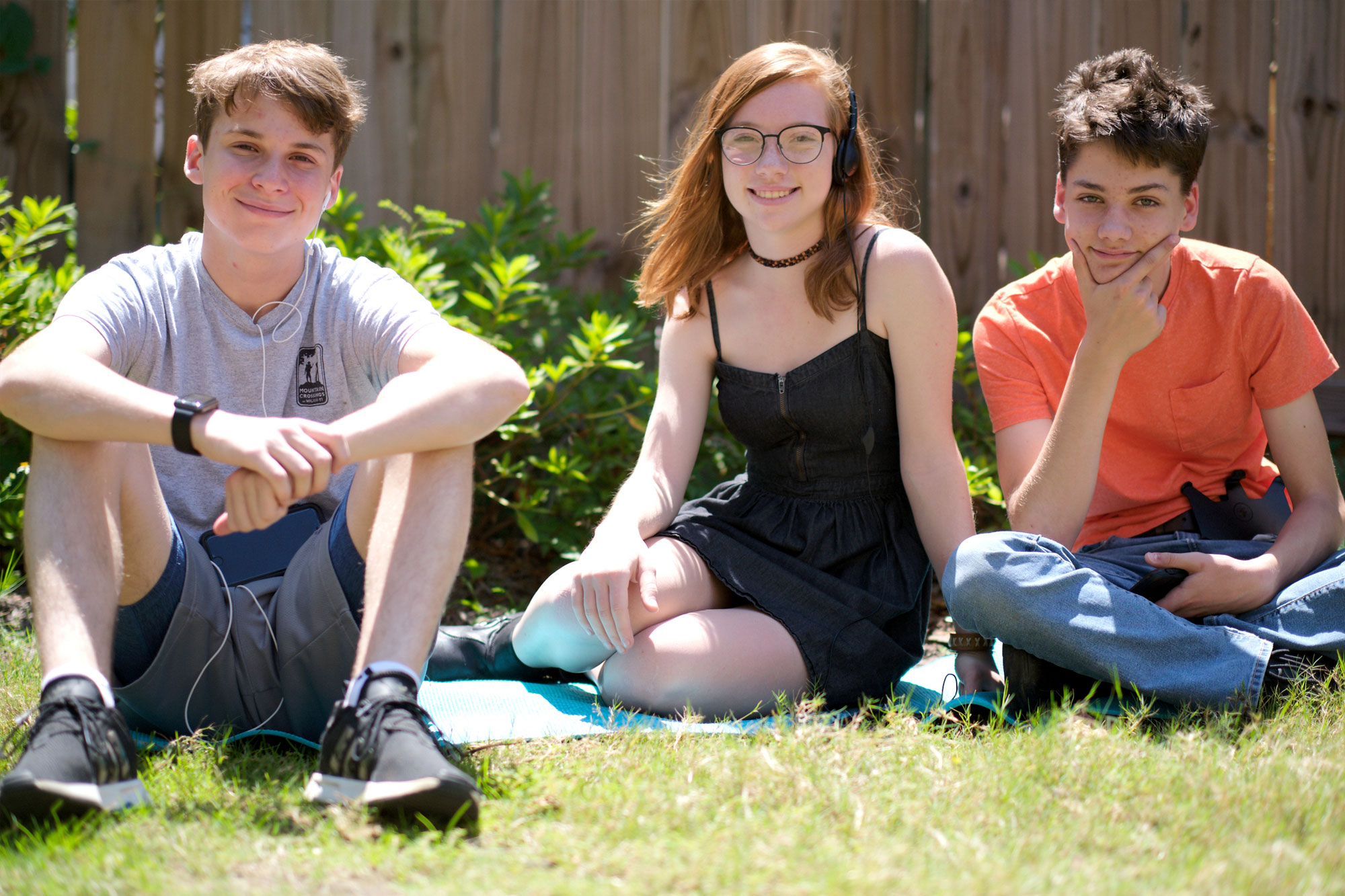
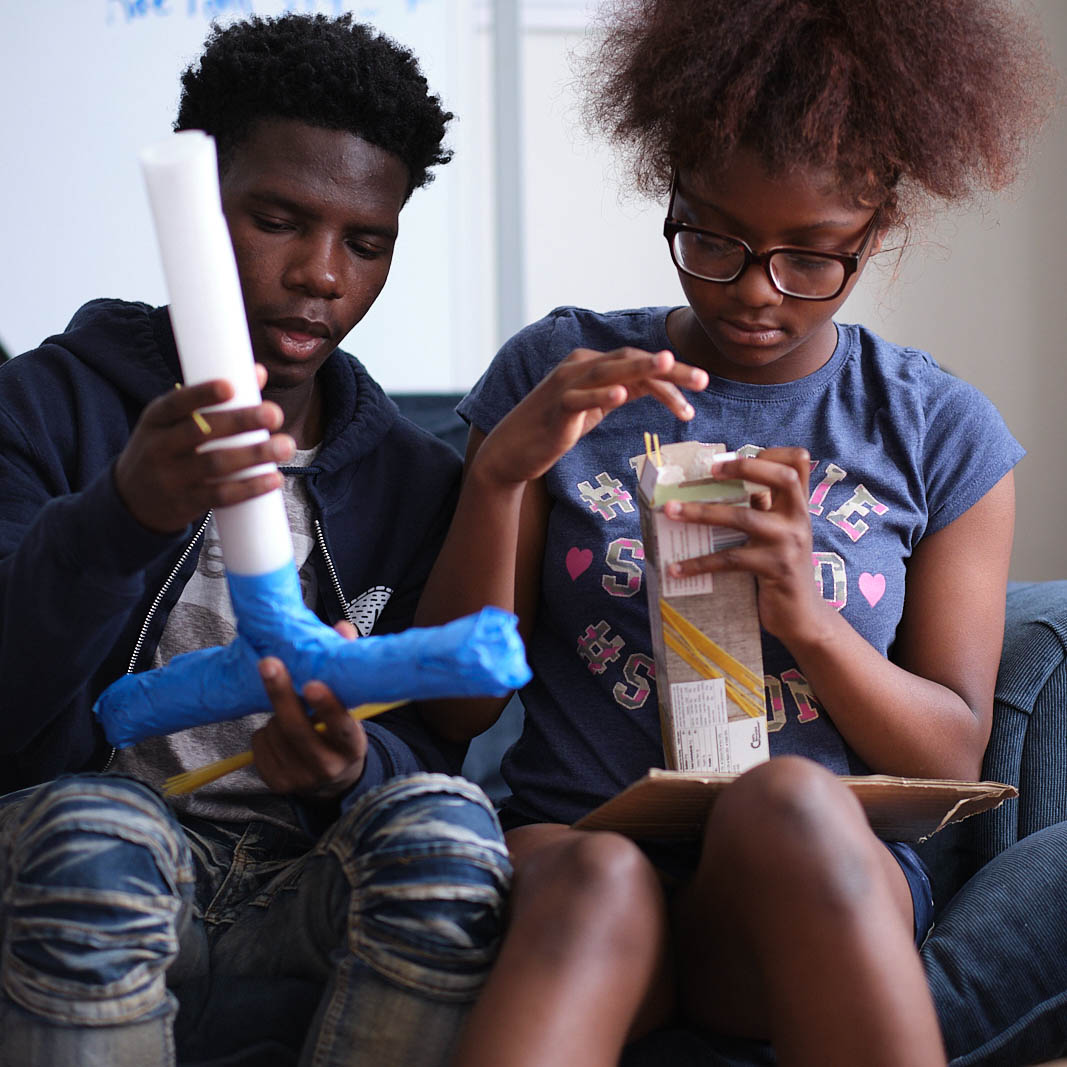
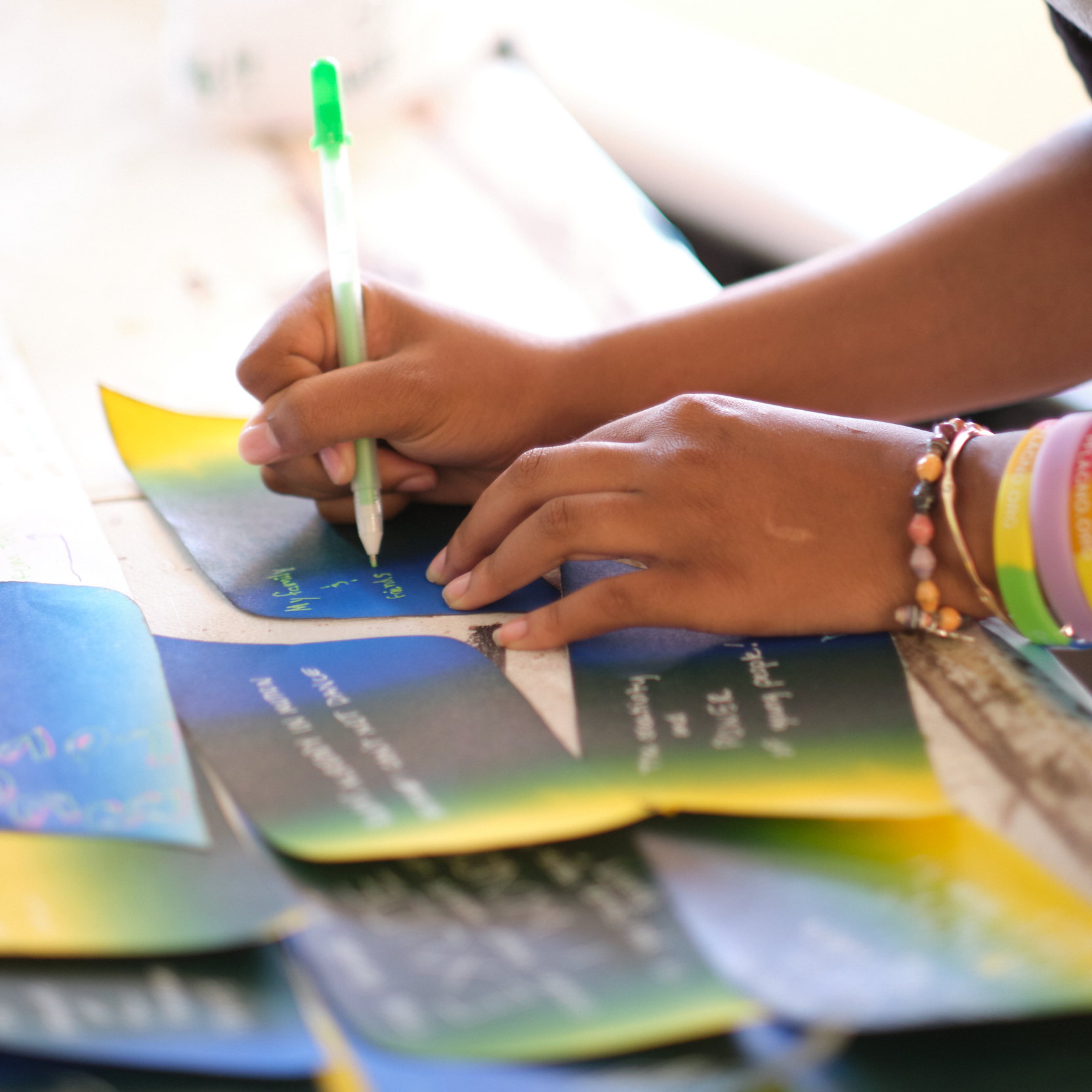
Caring, trusting relationships
Rather than traditional teachers, New Harmony deploys “education advisors” who work closely with students in small advisory groups of about 15. These advisors build strong relationships with students to better understand their individual strengths, interests, and areas for growth. This approach gives students more agency in their learning and empowers them to become active problem solvers in their communities through social and environmental initiatives. As a result, New Harmony fosters personal growth and encourages students to take an active role in shaping their future.
Youth voice and choice
New Harmony didn’t have a chance to form a student government because its founding class spent so much time in remote learning during COVID. In 2022, students proposed a student union with representatives from every grade level. Students drafted a Bill of Rights. Sunny Dawn Summers, the school’s founding leader, said these conversations led to updating the student handbook and internal policies. “We refined our professional development training for staff and we ultimately created a trauma-informed culture guide that is the basis for how we talk to and work with kids as a school,” she said.
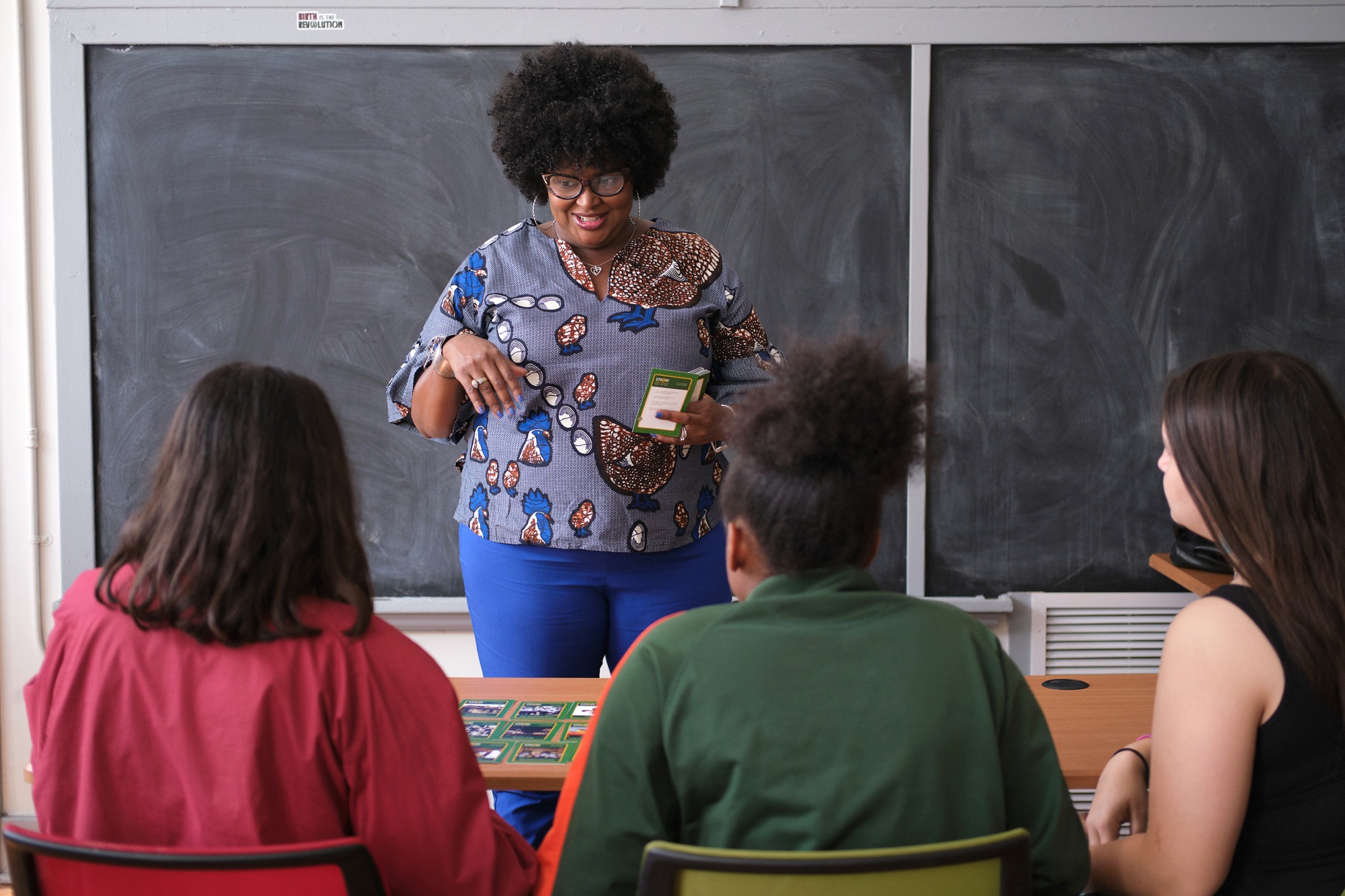

Smart use of time, space, and tech
Before COVID, New Harmony’s goal was to get all students into work-based learning opportunities. However, the pandemic and remote-learning forced the school’s leadership to rethink how to accomplish that goal and the meaning of work-based learning. Today, an internship is one part of work-based learning experiences at New Harmony. The school has classes that teach critical interdisciplinary skills such as social emotional learning and human-centered design. New Harmony also offers Industry Based Certification (IBC) programs such as media arts, project management certification, and marketing, which help students prepare for their professional futures. In 11th grade, students take on a college and career exploration that includes off-site internships. These experiences are designed to inform their 12th grade capstone projects, when students work either independently or in a small group to probe a topic more deeply.
Community partnerships
New Harmony’s “leaving to learn” program provides meaningful, hands-on experiences to students outside of the traditional classroom, with the goal to address environmental challenges. Working with community organizations, researchers, scientists, engineers, and activists, students investigate topics such as coastal erosion, land loss, sea-level rise, community displacement, and ecosystem damage. In a collaboration with the nonprofit youth writing organization 826 New Orleans, New Harmony students wrote dystopian flash fiction stories that imagined a world where New Orleans no longer existed due to environmental catastrophe. Students can also partner with a community organization to improve their surroundings or contribute in some other way. They then make presentations about their capstone projects. New Harmony’s partners include Junior Achievement, which provides guest speakers for high-wage, high-impact career exploration, Youth Voice NOLA, which offers paid summer internships, and federally-approved fifth year bridge programs through the career preparation programs LAUNCH and Next Level NOLA.
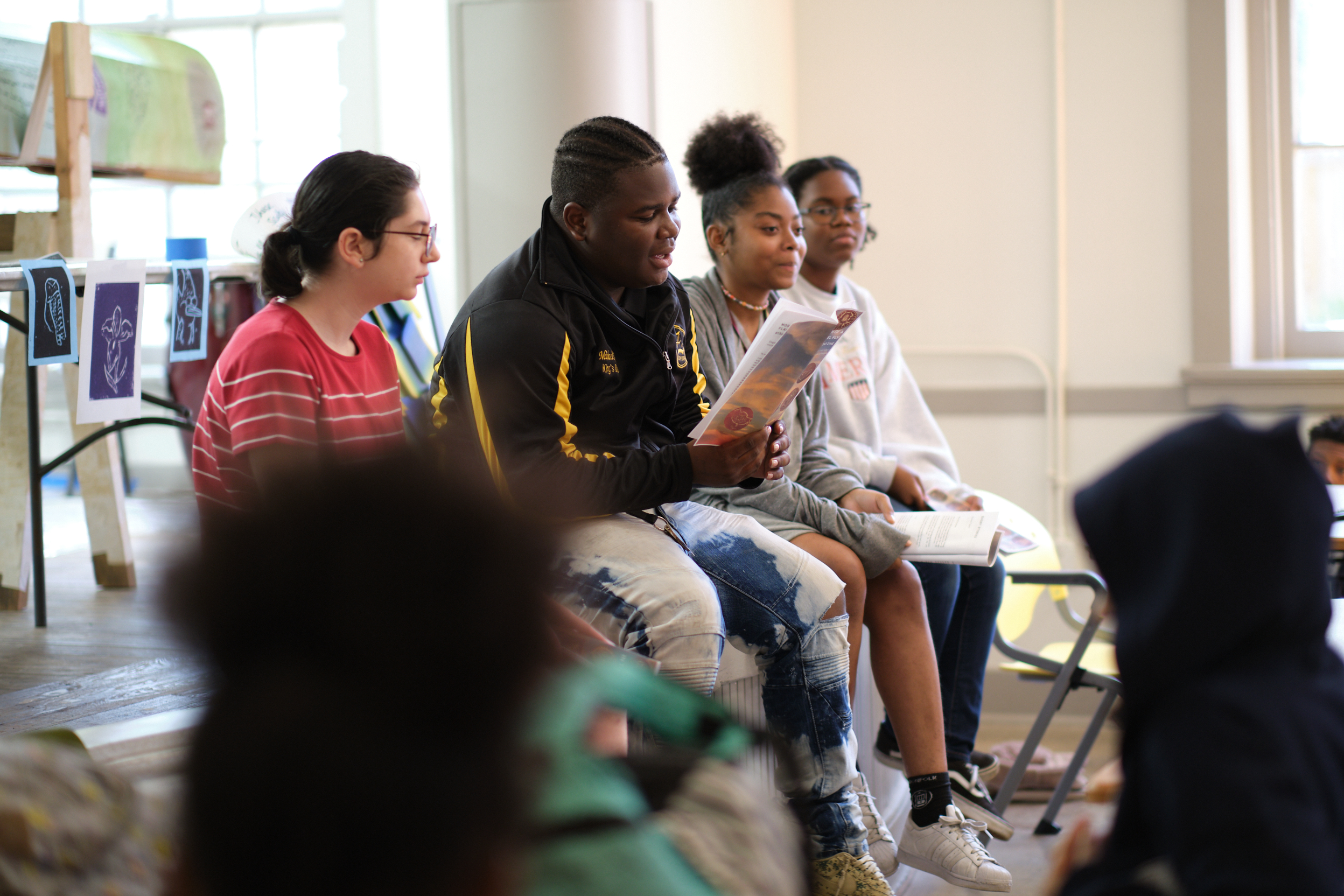
Student Outcomes
- For the school’s first graduation class in 2022, a consistently higher number of students scored at or above the basic level on state assessments compared with students in the surrounding Orleans Parish School District (for example, on the state’s U.S. history exam in 11th grade, 51 versus 39 percent).
- A consistently higher rate of Black students scored at or above the basic level on state assessments taken by members of the Class of 2022, compared with Black students in Orleans Parish and statewide (for example, on the state’s U.S. history exam in 11th grade, 45 versus 31 and 33 percent, respectively).
- An impressive percentage of students completed internships during high school (71 percent).
